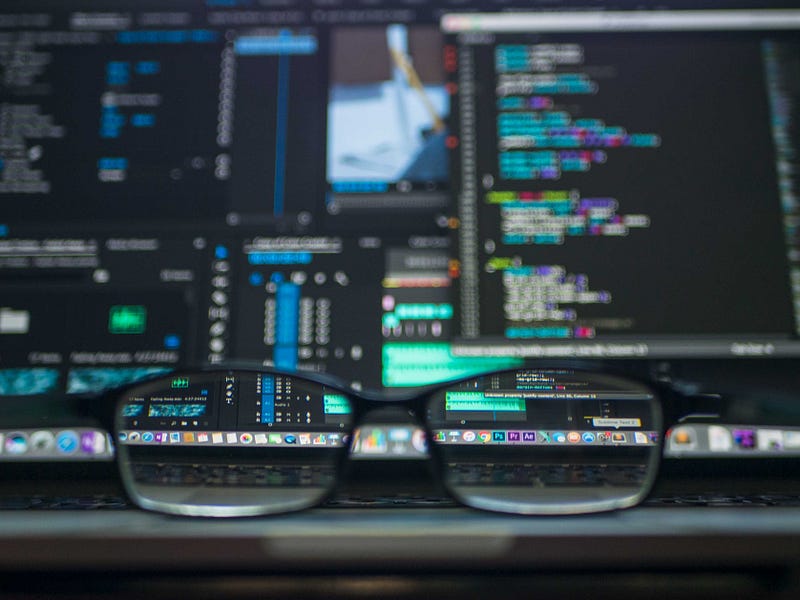Your Comprehensive Guide to Mastering Python Essentials
Written on
Chapter 1: Getting Started with Python
Are you eager to embark on your Python programming adventure? Python is a flexible and accessible programming language, yet it can be daunting to figure out where to start. This guide offers you a structured roadmap to the key libraries and frameworks in Python, complete with code examples and insights to launch your coding journey.
Step 1: Installing Python
Before diving into libraries and frameworks, it's crucial to install Python on your machine. Here’s how to do it:
- Download Python: Visit the official Python website to download and install Python. Ensure that you select the option to add Python to your system’s PATH during the installation process.
- Confirm Installation: Open your terminal or command line interface and type python --version. You should see the version of Python that you installed.
Step 2: Delving into Key Python Libraries
NumPy
NumPy is a core library for numerical computations in Python, offering support for large, multi-dimensional arrays and matrices.
import numpy as np
# Creating a NumPy array
arr = np.array([1, 2, 3, 4, 5])
print(arr)
Pandas
Pandas is essential for data manipulation and analysis, providing data structures like DataFrames that simplify working with tabular data.
import pandas as pd
# Creating a DataFrame
data = {'Name': ['Alice', 'Bob', 'Charlie'], 'Age': [25, 30, 35]}
df = pd.DataFrame(data)
print(df)
Matplotlib
Matplotlib is widely used for generating static, animated, and interactive visualizations in Python.
import matplotlib.pyplot as plt
# Creating a simple plot
x = [1, 2, 3, 4, 5]
y = [10, 8, 6, 4, 2]
plt.plot(x, y)
plt.xlabel('X-axis')
plt.ylabel('Y-axis')
plt.show()
Step 3: Discovering Python Frameworks
Django
Django is a robust web framework that streamlines web application development.
# Install Django using pip
pip install Django
# Create a new Django project
django-admin startproject myproject
Flask
Flask is a lightweight micro framework for building web applications, ideal for beginners.
from flask import Flask
app = Flask(__name__)
@app.route('/')
def hello_world():
return 'Hello, World!'
if __name__ == '__main__':
app.run()
Step 4: Broadening Your Knowledge
To further enhance your Python skills, consider exploring additional libraries and frameworks such as TensorFlow or PyTorch for machine learning, or the Django REST framework for API development. Enrolling in online courses or engaging with Python communities can also be beneficial for learning and growth.

A beginner's roadmap to learning Python, including essential libraries and practical tips.
A complete guide to mastering Python and becoming an expert in programming.
If you're interested in more detailed Python resources, be sure to check out our free Python e-book!
Looking to enter the tech industry? Explore our comprehensive guide to landing your dream job!
If you found this article helpful, don’t forget to follow for more insights!
What are your thoughts on today’s post? Was it enlightening? Did it provide valuable programming tips? Or did it leave you puzzled? We’d love to hear from you!
Thank you for being part of our community! Remember to show your support by clapping and following the author! You can discover more content at PlainEnglish.io. Sign up for our free weekly newsletter and connect with us on Twitter, LinkedIn, YouTube, and Discord!